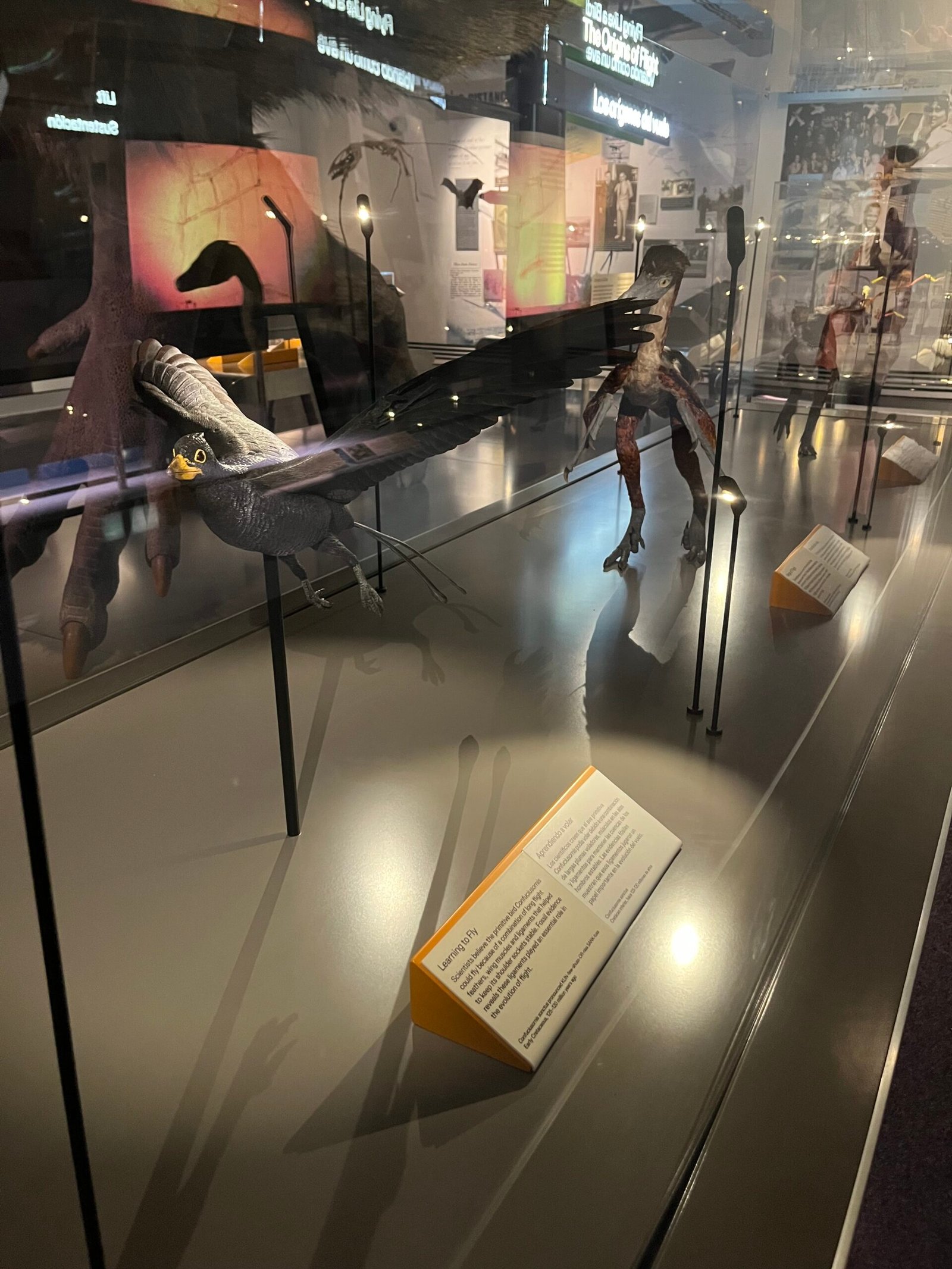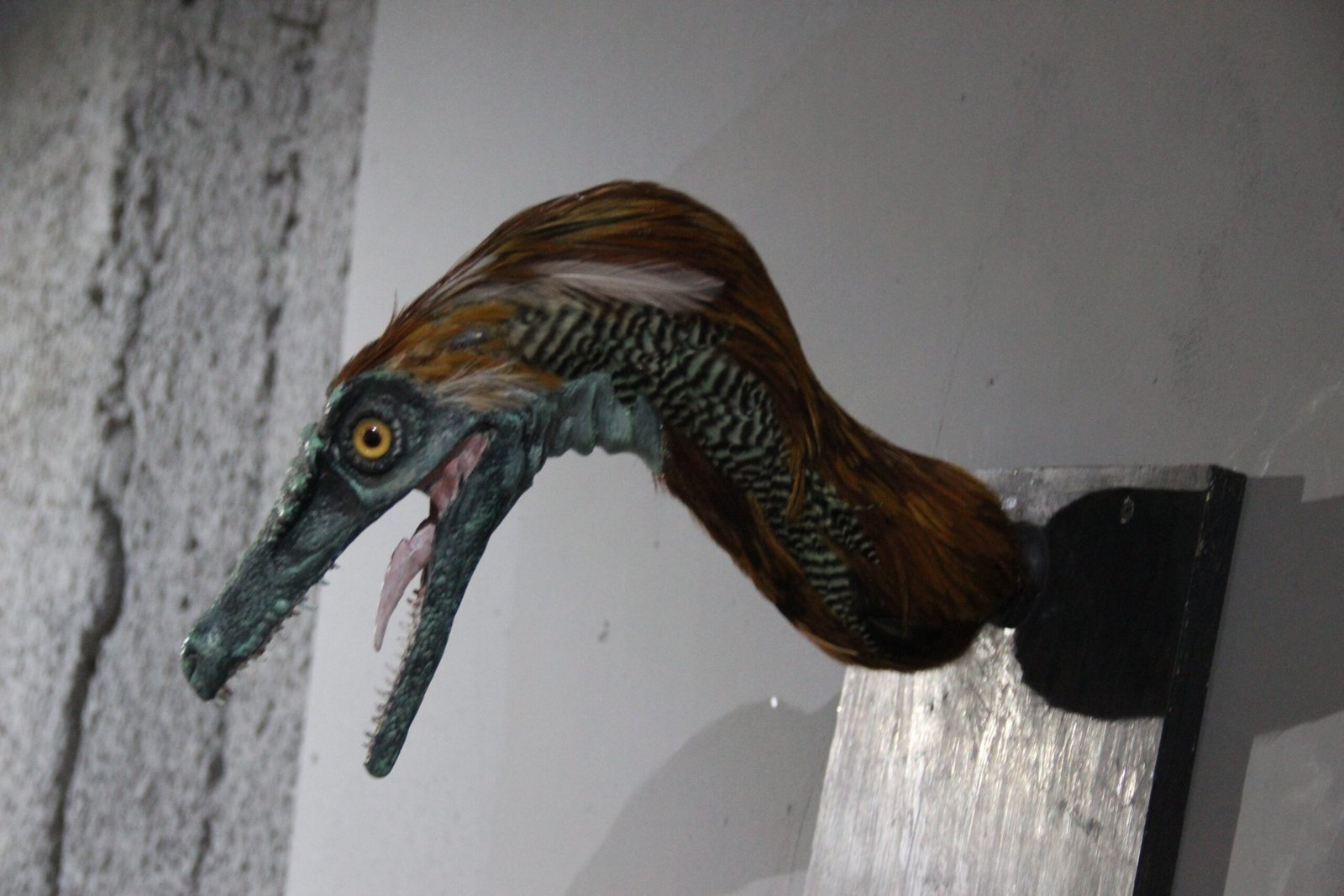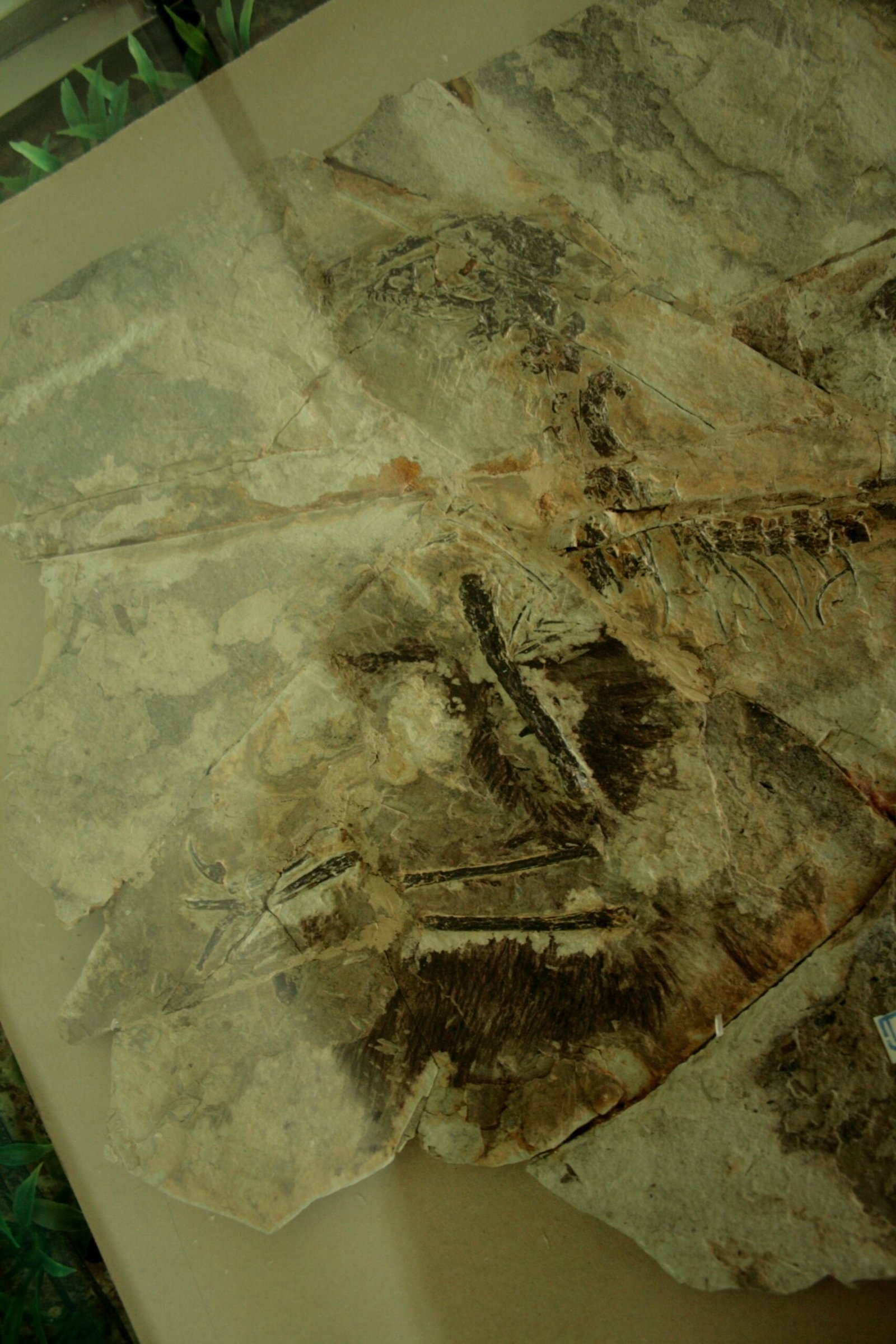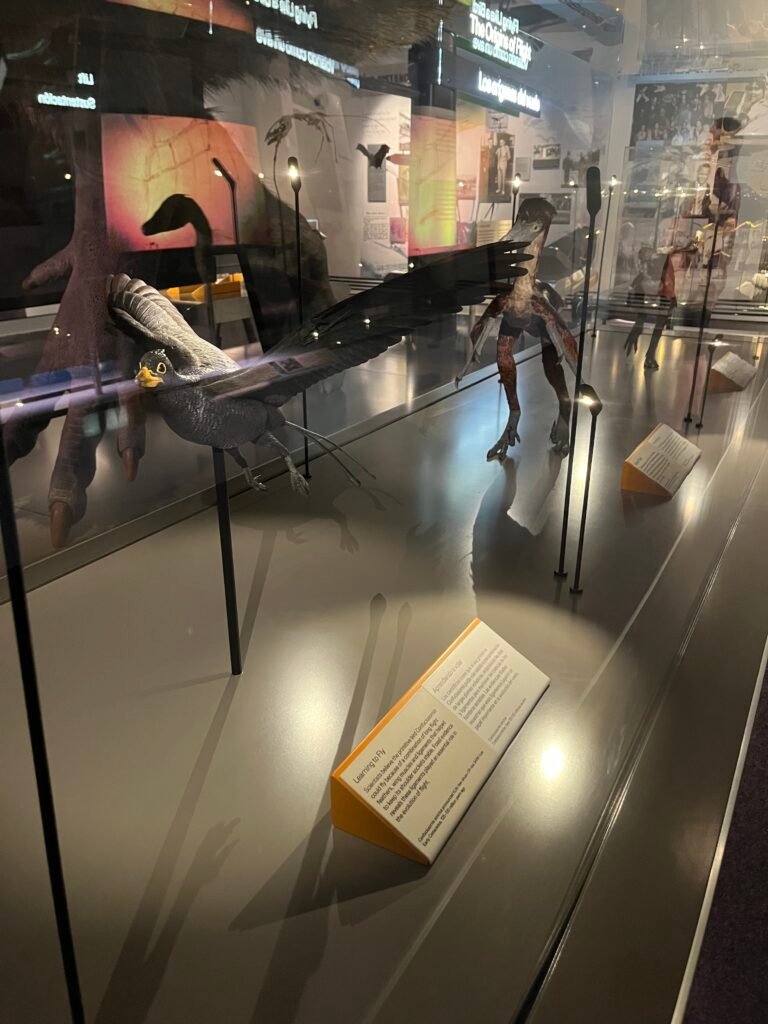Imagine stumbling upon a fossil so delicate that it reveals the ghostly outline of ancient feathers, hinting at a lost world where dinosaurs were not just scaly giants, but vibrant, feathered creatures. For decades, the story of feathered dinosaurs seemed to belong almost exclusively to China, where spectacular discoveries reshaped our understanding of prehistory. But what if the feathered dinosaur revolution isn’t a Chinese phenomenon alone? What if these extraordinary animals once strutted, soared, and crept across continents we never expected? The search for feathered dinosaurs has become a global adventure, unearthing astonishing evidence from distant corners of the Earth and forever changing what we know about the prehistoric world.
Feathered Dinosaurs: A Revolution in Paleontology

The discovery of feathered dinosaurs turned the world of paleontology upside down. Gone were the days when dinosaurs were imagined only as big, reptilian beasts. Instead, fossils began to reveal a surprising truth: many dinosaurs, especially those closely related to birds, sported feathers of various shapes and sizes. This realization sparked a scientific revolution, challenging long-held beliefs and captivating the imaginations of people everywhere. Feathers, once thought to be unique to birds, now appeared in creatures that lived millions of years before the first true bird. This shift didn’t just change textbooks—it altered how we think about evolution, survival, and the interconnectedness of life.
China’s Jehol Biota: The Feathered Dinosaur Epicenter

China’s Liaoning Province became famous for unearthing spectacularly preserved feathered dinosaurs. The Jehol Biota, a treasure trove of Early Cretaceous fossils, offered the world creatures like Sinosauropteryx, Confuciusornis, and Yutyrannus. These fossils weren’t just bones—they preserved fine details of feathers, sometimes with color patterns still visible. The ancient lakes and volcanic ash of the region helped create perfect conditions for fossilization, capturing moments frozen in time. As these fossils emerged, they stunned scientists and led to the widespread acceptance that many theropod dinosaurs were feathered. For years, China seemed to hold the monopoly on these discoveries, but whispers of feathered dinosaurs began to echo from other lands.
Europe’s Surprising Feathered Finds

Europe, with its rolling hills and ancient rocks, has quietly contributed to the feathered dinosaur story. In Germany, the famous Archaeopteryx was discovered in the limestone quarries of Bavaria. Often called the “first bird,” Archaeopteryx had well-developed feathers on its wings and tail, yet it still retained many dinosaur-like features. More recently, fossils like Sciurumimus and Anchiornis have added depth to Europe’s record. These finds suggest that feathered dinosaurs were not a regional oddity, but a widespread evolutionary trend. The European discoveries challenge us to rethink the boundaries of prehistoric ecosystems and the spread of feathered species.
North America Joins the Feathered Dinosaur Hunt

For a long time, North American dinosaur fossils were famous for their sheer size rather than their fine detail. However, a new wave of discoveries has changed that narrative. Fossils like Ornithomimus from Canada have shown traces of feather-like structures, especially in younger individuals. Even more impressive is the discovery of the Dakota “dino mummy,” which preserves skin and possibly feather impressions. The Hell Creek Formation and other fossil-rich areas have begun to yield evidence that North American dinosaurs, too, were adorned with primitive feathers. These finds bring a sense of excitement and pride as paleontologists realize that the feathered legacy spans continents.
South America’s Unique Feathered Fossils

South America, known for its giant sauropods and fierce predators, has also uncovered its share of feathered wonders. The small dinosaur Buitreraptor, found in Argentina, is a striking example. Although direct feather impressions have not always been preserved, the anatomy of these dinosaurs—such as their arms and claws—strongly suggests a feathered covering. Some fossils even hint at unique feather types not seen elsewhere. These discoveries paint a picture of diversity and adaptation, where feathers may have served different purposes, from insulation against cold nights to displays for attracting mates.
Australia and Antarctica: Distant Frontiers of Feathered Dinosaurs

When people think of dinosaurs, they rarely imagine them in the wild landscapes of Australia or the icy realms of Antarctica. Yet, fossils from these remote continents are beginning to tell their own feathered tales. In Australia, the discovery of small theropod bones and rare impressions suggests that feathered dinosaurs once roamed ancient forests. Antarctica, though challenging to explore, has yielded tantalizing evidence, including fossils of raptor-like dinosaurs that may have sported feathers to survive frigid conditions. These finds remind us that dinosaurs adapted to a wide range of environments and that feathers were likely a key factor in their survival.
Feathered Dinosaurs and the Origin of Birds

The connection between feathered dinosaurs and the origin of birds is one of the most thrilling chapters in evolutionary science. The more fossils we find, the clearer it becomes that birds are living dinosaurs, direct descendants of small, feathered theropods. Fossils from around the world—China, Germany, North America—show a gradual transition from ground-dwelling dinosaurs to creatures capable of flight. Features like hollow bones, wishbones, and even beaks emerge step by step. This evolutionary story is not just about anatomy; it’s about remarkable survival and adaptation, as dinosaurs took to the skies and outlasted their larger, scaly cousins.
What Feathers Tell Us About Dinosaur Life

Feathers are more than just decorations. In dinosaurs, they may have served a range of purposes: keeping bodies warm, attracting mates, intimidating rivals, and even aiding in gliding or flight. Some fossils preserve hints of coloration, suggesting that prehistoric landscapes were filled with flashes of color—bright reds, deep blacks, subtle patterns. By studying feather structure and distribution, scientists can infer behaviors, social structures, and even parenting styles. Feathers are a window into the daily lives of dinosaurs, offering clues that bones alone could never provide.
The Challenge of Preserving Feathers in Fossils

Feathers are delicate and rarely survive the ravages of time. For a feather to become fossilized, a perfect storm of conditions is required—rapid burial, low oxygen, and mineral-rich waters. This explains why feathered dinosaur fossils are so rare and precious. Fossil sites like Liaoning in China or the Solnhofen limestone in Germany are exceptional because they provided just the right environment. Each new feathered discovery outside these hotspots is a cause for celebration and proof that with patience and luck, similar treasures might be waiting elsewhere.
The Future of Feathered Dinosaur Discoveries

As technology advances, paleontologists are discovering new ways to detect traces of feathers in fossils once thought to be featureless. High-resolution scanning, chemical analysis, and even computer simulations help reveal faint impressions and microscopic structures. These tools are opening up old collections and new sites alike, promising more surprises in the years ahead. The global search for feathered dinosaurs has become a race against time, erosion, and the elements, but it’s also a testament to human curiosity and ingenuity.
Why Feathered Dinosaurs Matter Today

The discovery of feathered dinosaurs is not just a scientific curiosity—it’s a reminder of how much we still have to learn about our world. These fossils connect us to a distant past, revealing that evolution is full of twists, turns, and unexpected beauty. They also inspire us to look at modern birds with new appreciation, knowing that every sparrow or eagle carries the legacy of ancient, feathered ancestors. By understanding feathered dinosaurs, we gain insight into resilience, adaptation, and the ever-changing tapestry of life itself.



